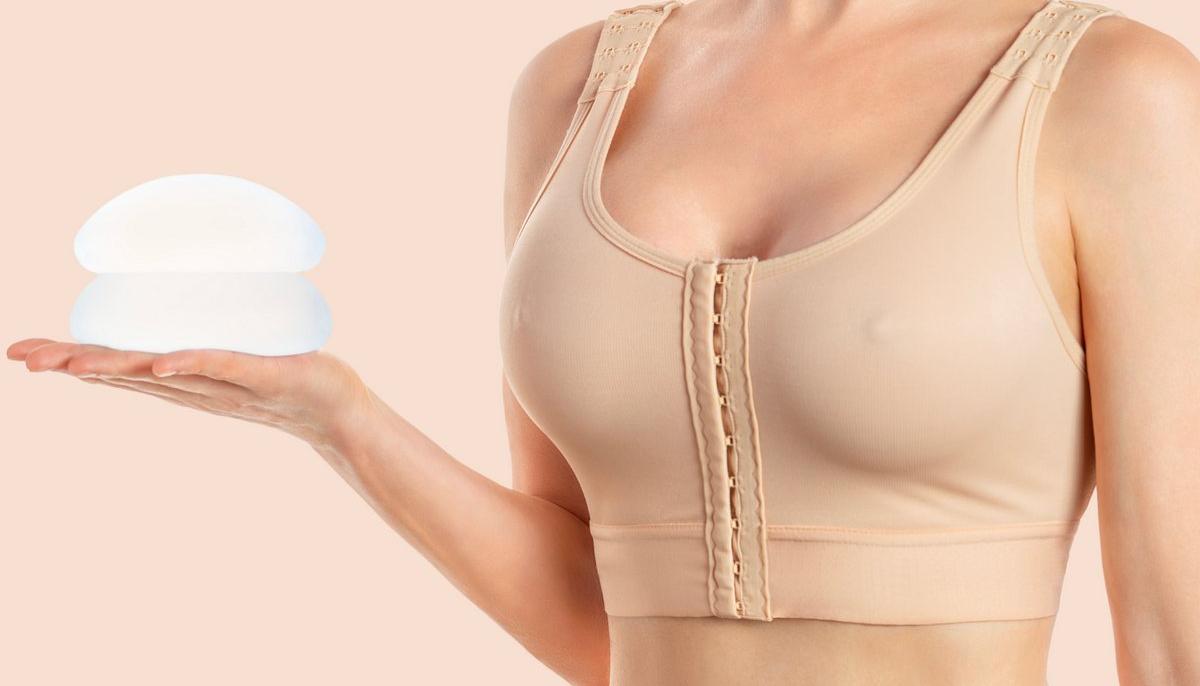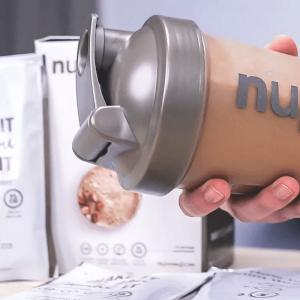In the field of aesthetic operations, there is already a wide and varied palette of categories of breast prostheses that differ according to shape, material, the amount of material it contains and appearance.
A breast implant consists of a breast prosthesis that is made of a silicone membrane filled with silicone gel or physiological serum. Every woman is unique and has different shapes and expectations. Therefore, the patient must have a discussion with the surgeon in which they will jointly choose the type of prosthesis suitable for her chest.
The breast augmentation operation lasts for 2-3 hours and consists of creating an incision in the submammary groove, periareolar or in the fold under the armpit which will be the "pocket" in which the breast prosthesis will be inserted. The scars heal in a maximum of one year, and the pain will be soothed by treatments and advice recommended by the specialist doctor.
Types of breast prostheses
Depending on the shape, breast prostheses can be round , oval or elongated , and its surface can be smooth or textured. From the point of view of the composition, the patient can choose between the implants with physiological serum, with silicone gel or mixed.
Saline or saline prostheses are recommended for people over 18 and used because the substance inside is found in 70% of the human body. They are flexible and give the bust a natural appearance. Since the degree of visibility obstruction is small, in the case of mammography the results are more accurate compared to other prostheses.
Silicone prostheses have a natural tactile appearance and feel due to the high consistency and viscosity of the gel that forms the content. They are recommended for women over 22 years old and it is elastic, without changing its shape or model over time. The silicone gel implant is the most widely used in the world, silicone being a substance extracted from the sand found on the bottom of the sea. It can be shaped easily and has the advantage of offering a long-term guarantee.
Mixed prostheses combine the safety of saline implants with the qualities of silicone gel. This is how the hydrogel is formed, which is a polysaccharide composed of a silicone shell filled with cellulose methyl carboxyl and physiological serum.
The risks of intervention with breast implants
Any operation involves a risk, and breast augmentation, although it is a very safe and well-designed procedure, also presents some complications.
Given the fact that the body's response to any foreign body is to reject or isolate it, the body will form a capsule around the prosthesis. The most common postoperative problem is capsular contraction. This occurs when the capsule that forms around the prosthesis begins to tighten, and the treatment consists in excision of the capsule, its incision and replacement with another breast prosthesis. Other consequences of breast augmentation may consist of sensitivity disorders in the nipple area, bleeding or infections.
Following trauma, breast prostheses can break. In case of cracking of an implant with a saline prosthesis, the physiological serum is absorbed by the body and deflates without having harmful effects on the body. In the case of the one with silicone gel, the content of the prosthesis does not leak into the body due to the periproteic capsule. The patient may still feel a sensation of warmth and notice a change in the shape of the breast. In both cases, the broken prosthesis will be replaced with a new one.







